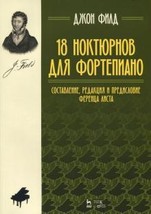The overturned boat. Intertextuality of the and 50 similar items
The overturned boat. Intertextuality of the Adapa Myth and Exorcist Literature
$118.00
View full item details »
Shipping options
Offer policy
OBO - Seller accepts offers on this item.
Details
Return policy
Refunds available: See booth/item description for details
Purchase protection
Payment options
PayPal accepted
PayPal Credit accepted
Venmo accepted
PayPal, MasterCard, Visa, Discover, and American Express accepted
Maestro accepted
Amazon Pay accepted
Nuvei accepted
View full item details »
Shipping options
Offer policy
OBO - Seller accepts offers on this item.
Details
Return policy
Refunds available: See booth/item description for details
Purchase protection
Payment options
PayPal accepted
PayPal Credit accepted
Venmo accepted
PayPal, MasterCard, Visa, Discover, and American Express accepted
Maestro accepted
Amazon Pay accepted
Nuvei accepted
Item traits
| Category: | |
|---|---|
| Quantity Available: |
10 in stock |
| Condition: |
New |
| Publisher: |
Neo-Assyrian Text Corpus Project |
| Authors: |
Annus Amar |
| Language: |
English |
| Binding: |
Paperback |
| Category: |
History |
| Pages: |
100 |
| Era/Year: |
2014 |
Listing details
| Seller policies: | |
|---|---|
| Shipping discount: |
Shipping weights of all items added together for savings. |
| Posted for sale: |
More than a week ago |
| Item number: |
1618292118 |
Item description
Sent by Ruslania.com promptly from Helsinki, Finland.Description:State Archives of Assyria Studies. Volume XXIV
The Adapa myth is a literary work of ancient Mesopotamia with different versions in Sumerian and Akkadian. According to the Adapa myth, the sage and cook from Eridu goes fishing to the Persian Gulf, where the South Wind capsizes his boat. The sage's curse breaks the wing of the South Wind. Adapa lies seven days in the ocean, whence he is summoned to heaven, to be positively judged by the sky god Anu. The present book investigates the literary development of the Adapa myth and argues that it represents an exorcistic version of the flood story with the protagonist as priest. In the Adapa myth, the primordial sage survives the flood, which serves as ideological background for exorcism, ashiputu. The exorcist, who used fire and water as sanitizing substances during the rituals, impersonated Adapa, who had gone through an extreme form of purification himself. Adapa's critical period in the sea was the symbolic etiology for illnesses, difficult births, witchcraft, bad omens, sin, and imprisonment, which the exorcist was able to counter. The deluge was a symbol of water ordeal and judgment, for which the exorcist's assistance was sought. Because Adapa was given rebirth from his disaster, the human exorcist as his embodiment possessed the powers of the flood in manipulating the purifying substances and incantations against all misfortune. The identity constituting narrative of ancient Mesopotamian exorcism is explored with a methodology combining the intertextual studies with cognitive neuroscience.
|
Why are we showing these items?
Booth
ruslania's booth |

|

-
Refine your browsing experience
We can show you more items that are exactly like the original item, or we can show you items that are similar in spirit. By default we show you a mix.
This item has been added to your cart
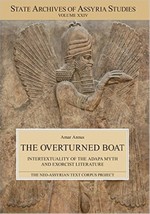 The overturned boat. Intertextuality of the Adapa Myth and Exorcist Literature added to cart.
10 available in stock
The overturned boat. Intertextuality of the Adapa Myth and Exorcist Literature added to cart.
10 available in stock
View Cart or continue shopping.
 Please wait while we finish adding this item to your cart.
Please wait while we finish adding this item to your cart.
Get an item reminder
We'll email you a link to your item now and follow up with a single reminder (if you'd like one). That's it! No spam, no hassle.
Already have an account?
Log in and add this item to your wish list.





![NENSI DRJu i delo v tsirke [Hardcover] Kerolain Kin - $15.68 NENSI DRJu i delo v tsirke [Hardcover] Kerolain Kin - $15.68](https://images-bucket.bonanzastatic.com/afu/images/5342/8dcf/bc1b_10018190920/517cgcxxmel._sl1500__thumb200.jpg)
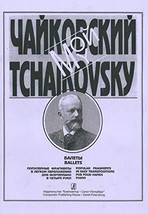


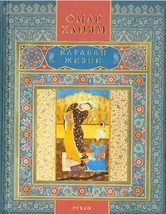
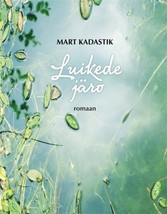


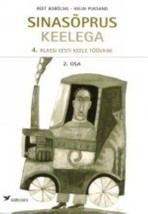



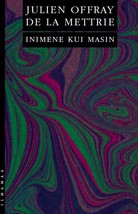


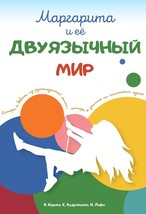
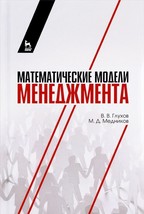










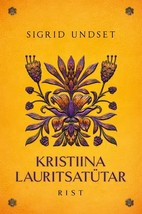












![Russkaya fortepiannaya muzyka. Vypusk 1 [Paperback] Various authors - $11.76 Russkaya fortepiannaya muzyka. Vypusk 1 [Paperback] Various authors - $11.76](https://images-bucket.bonanzastatic.com/afu/images/be99/ac30/dd63_9941838567/41fz0gerdcl._sl1500__thumb200.jpg)
![Kurt Kobejn. Schastlivogo puti [Hardcover] Legg B.; Makkarti D. and Flam... - $25.48 Kurt Kobejn. Schastlivogo puti [Hardcover] Legg B.; Makkarti D. and Flam... - $25.48](https://images-bucket.bonanzastatic.com/afu/images/1a94/3b50/a0b9_10072820230/51jw71eeyrl._sl1500__thumb200.jpg)
![Uchimsia sravnivat' [Paperback] E. Bortnikova - $11.76 Uchimsia sravnivat' [Paperback] E. Bortnikova - $11.76](https://images-bucket.bonanzastatic.com/afu/images/26b9/4536/7d68_10219763482/51n_-jqwzdl._sl1500__thumb200.jpg)





